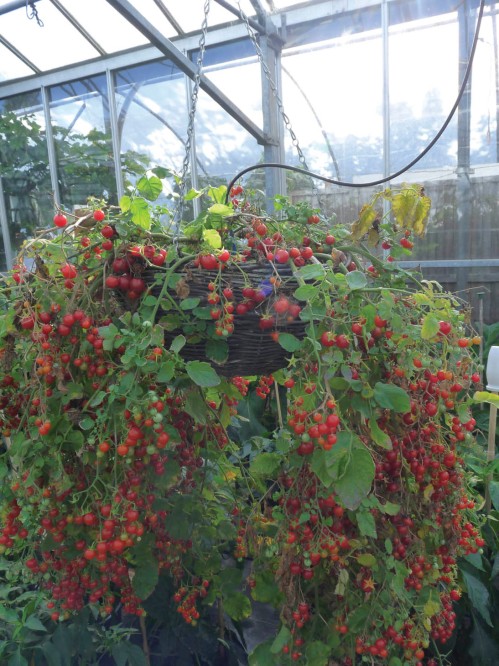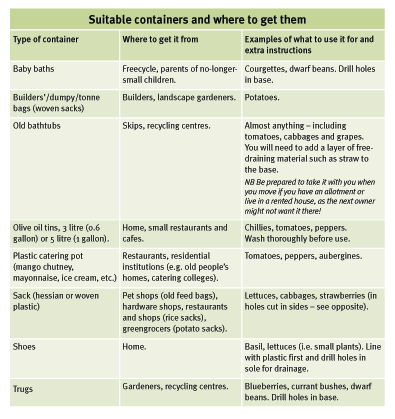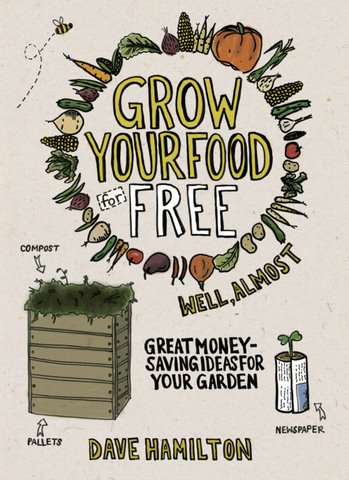Schumacher Centenary 2011
 E.F. Schumacher 1911-1977
E.F. Schumacher 1911-1977
“If you look at it this way, you find that if one could make visible the possibility of alternatives, viable alternatives, make a viable future already visible in the present, no matter on how small a scale … then at least there is something, and if that something fits it will be taken … If the little people can do their own thing again, then perhaps they can do something to defend themselves against the overbearing, big ones.
So I certainly never feel discouraged. I can’t myself raise the winds that might blow us, or this ship, into a better world. But I can at least put up the sail so that when the wind comes, I can catch it.” – E.F. Schumacher Good Work
Extract from Robert McCrum’s foreword to Alias Papa: A Life of Fritz Schumacher by Barbara Wood, published by Green Books
‘What if this present were the world’s last night?’ asked the poet Donne at the beginning of the 17th century. This question haunts the modern age like a classical curse. The disasters in Japan and the revolutions in the Middle East reiterate the most urgent questions about the future of fossil fuels and nuclear power. As 2011 unfolds, the author of Small Is Beautiful looks set for rediscovery as a man with a plan whose hour has come. But who, exactly, was E.F. Schumacher, and what was his inspiration?
When he died in 1977, E.F. Schumacher was not just a secular guru to countless admirers, including Governor Jerry Brown of California, who called him ‘a prophet’, but also the author of a way of looking at the world ‘as if people mattered’. Perhaps The Times came closest. ‘To very few people’, it declared, ‘is it given to begin to change, drastically and creatively, the direction of human thought. Dr Schumacher belongs to this intensely creative minority.’
He was born into the German middle-class, a world of knickerbockers, coal fires, cavalry charges and steam-powered battleships. Young Fritz’s first memories of the hardships imposed by the Great War and the catastrophic hyper-inflation of 1923 shaped his mind. From the beginning, he understood that economics is about putting food on the family table. Ambitious and outward-looking, he won a Rhodes scholarship to Oxford, where he met some of the people who would influence his career, especially David Astor, who would commission him for The Observer, and Adam von Trott, who lost his life in the Bomb Plot of July 1944. Like many young Germans, Schumacher had to negotiate the rise of Hitler and the Nazis, but he always insisted that England was the only place from which to fight for the Fatherland. In 1937, he emigrated there for good.
Schumacher’s belief in his English future was fulfilled, paradoxically, in May 1940. The Battle of Britain had begun; a Nazi invasion threatened. Across the UK, enemy nationals were interned, many of them on the Isle of Man. Schumacher was lucky. The police took him to a hastily assembled canvas encampment on the Shropshire-Wales border, where every kind of refugee was herded together in terrible conditions. His life would never be the same again.
At the intersection of the A41 and A49, Prees Heath is three hundred acres of common land. To the casual observer, the heath looks like an unfenced stretch of rough grass, wild flowers, and scrubby trees dotted with boggy pools and derelict military buildings. Many English forces have mustered among its gorse and broom. There’s a record of King John manouevring against the Welsh from Prees Heath and, later, of Prince Rupert assembling a Royalist army. In World War Two, as well as the internment camp, there was an airstrip and a military hospital.
Schumacher had need of the hospital. Amid the summer rain, mud, squalor and deprivation of the camp, he fell seriously ill, but somehow pulled through, stoically observing that whatever doesn’t kill you makes you stronger. Indeed, in the longer term, the camp was the making of him. His experience of Prees Heath in 1940 transformed his perception of society. If there is a source for his everyday philosophy of life, and for his belief in sustainability, intermediate technology and human scale, ideas that would flourish in Small Is Beautiful and its companion, A Guide For The Perplexed, it is Schumacher’s experience of this dreary stretch of West Midlands common. Among some rare British butterflies, including the Purple Hairstreak and the Meadow Brown, Schumacher the cerebral statistician forged a rapprochement with the humane socialist. Many colleagues would later comment on his extraordinary concern for the well-being of the individual in society and his generous, inclusive, open-minded nature.
Elected camp leader, Schumacher set about organising Prees Heath into a hygienic regime. The camp, he discovered, was a microcosm of society: the oppression of the imprisoned many by the privileged few. Meeting the Marxist, Kurt Naumann, among the refugees there, Schumacher, the Oxbridge intellectual, found his perception of social and economic relations transformed. He would return to his family like a man released from a seminar on life itself, burning with new ideas.
At first, he concentrated on far-sighted macro-economic ideas, notably a plan for a multilateral clearing office to regulate the world economy in the cause of world peace. This prescient scheme collided with J.M. Keynes’s own plans for post-war stability (which later matured as the Bretton-Woods agreement of 1950). Young Schumacher came to understand that his forte in postwar Britain might be to explore ideas for the future. He told a friend, with his customary equanimity, that ‘I have the reputation of being unorthodox and even a bit of a crank.’ For the rest of his life, he enjoyed a maverick identity, the good German you couldn’t quite pigeonhole. ROBERT MCCRUM Associate Editor, The Observer April 2011
Published by Green Books:















